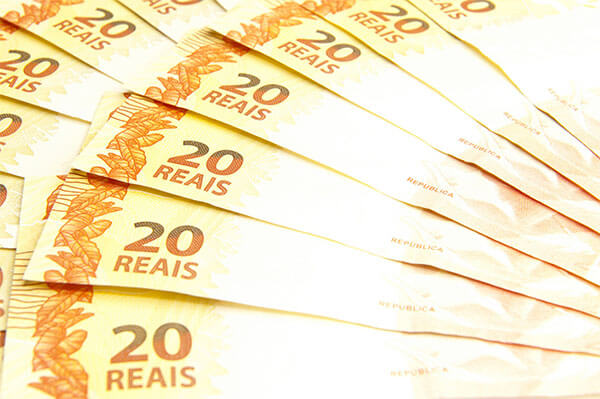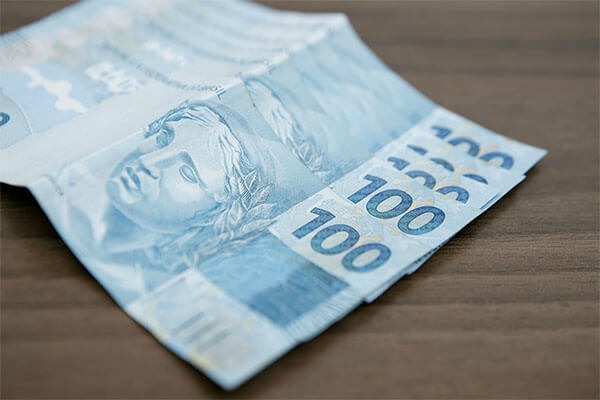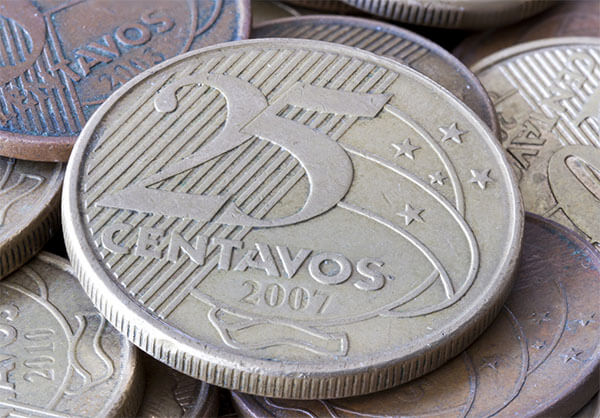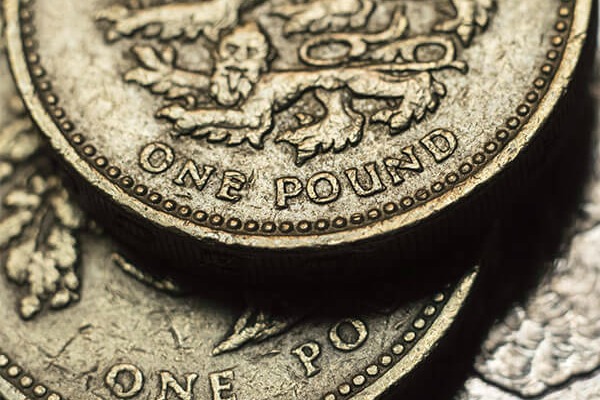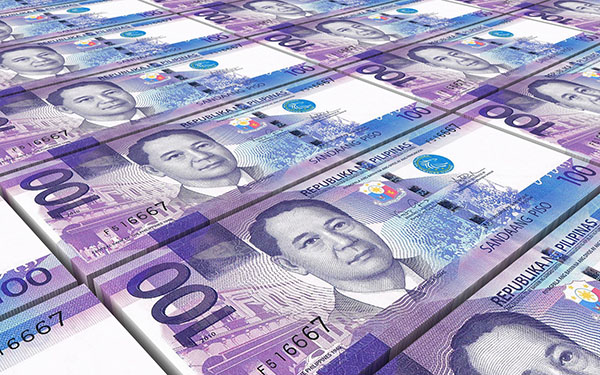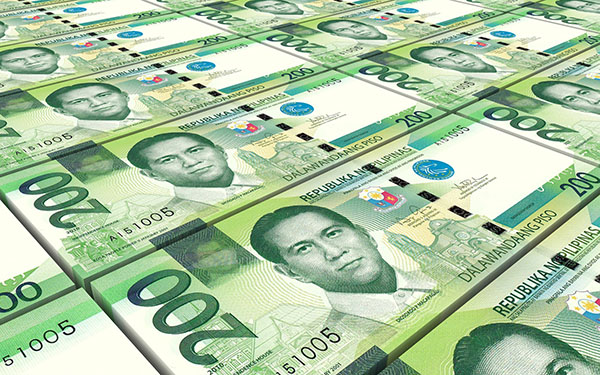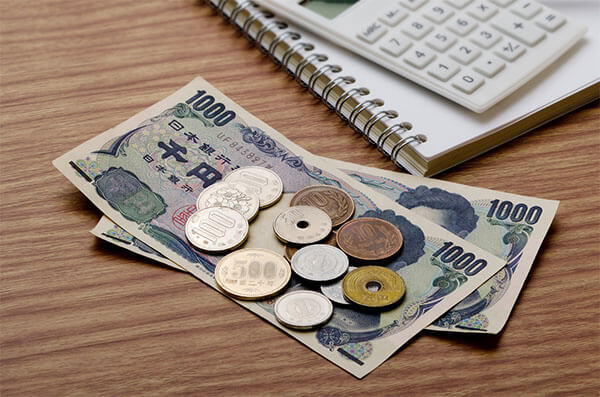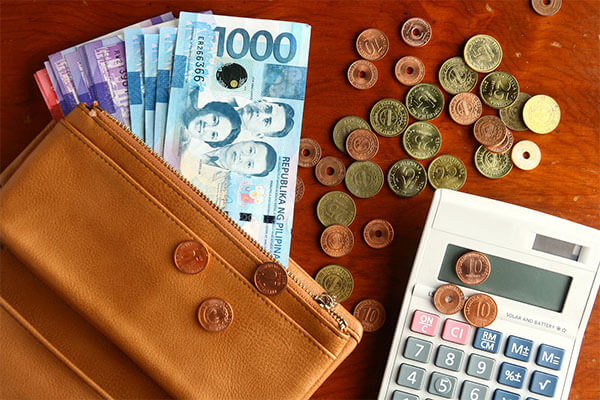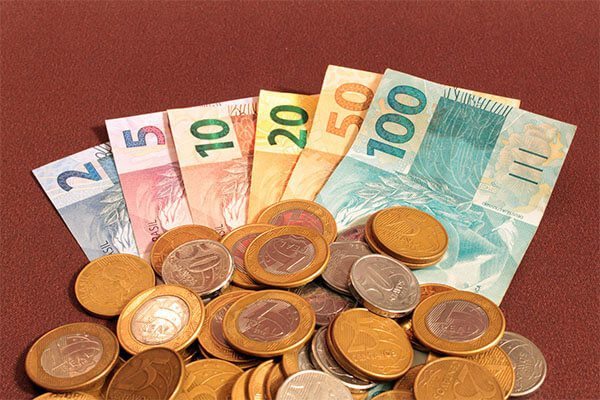INTRODUCE
When traveling abroad, it is important to know about the local currency.海外旅行に行く時は、その国の通貨について知ることが重要です。
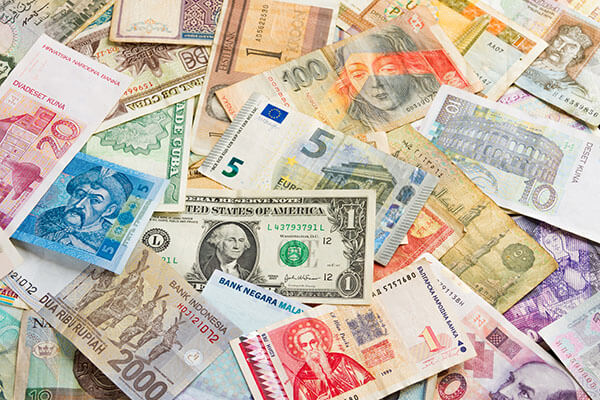
PRESENT
STEP A VOCABULARY
I. Listen and repeat.聴いて、リピートしましょう。
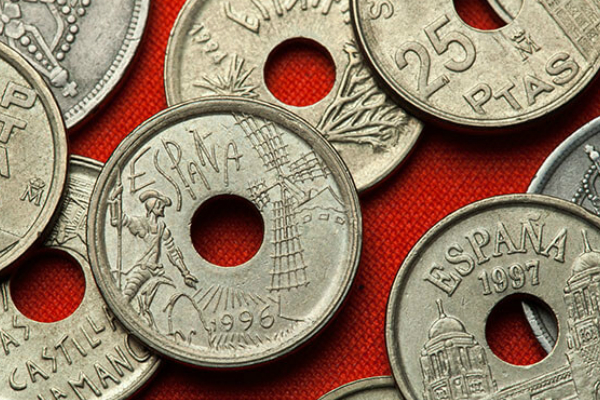
a hole穴 |

two kinds of metal2種類のメタル |
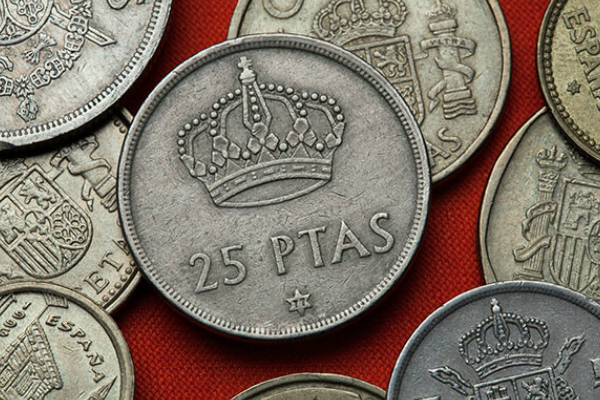
a crown王冠 |
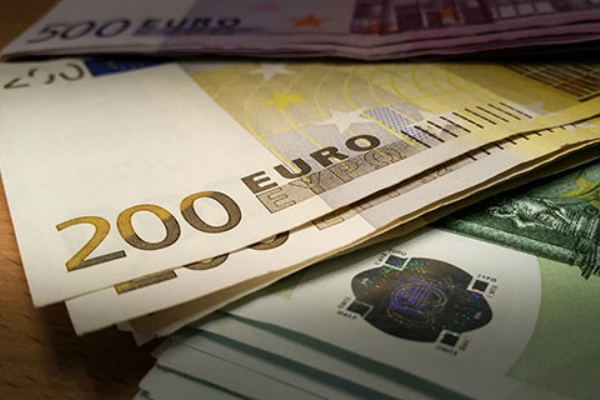
paper紙の |
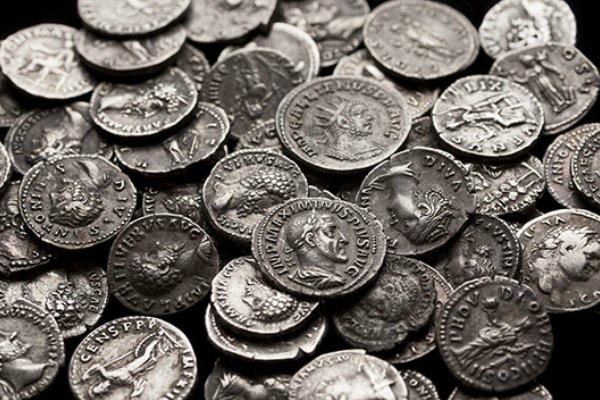
silverシルバー |
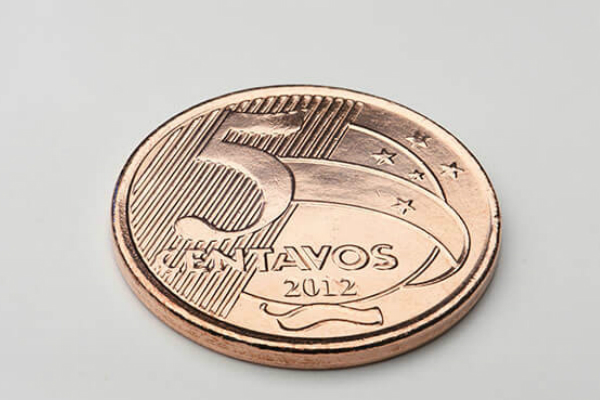
bronzeブロンズ |
II. Which of the words above describe Japanese currency?上記の単語のうち、日本の通貨について述べているのはどれですか?
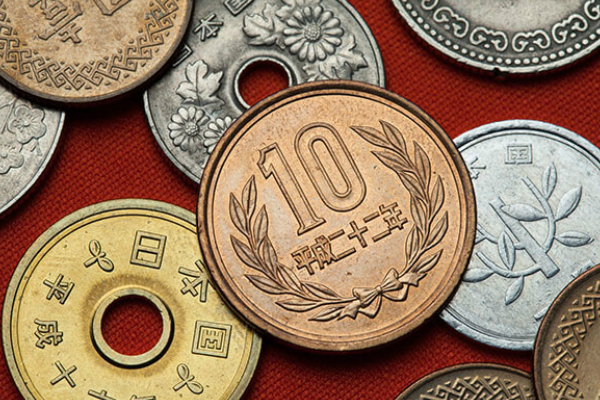
III. Practice reading the words.単語を読む練習をしましょう。
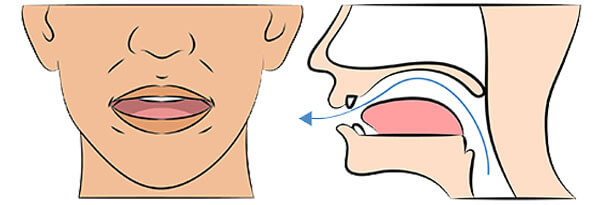 /h/ |
 /b/ |
|---|---|
hole 穴 |
bowl おわん |
hook 掛ける |
book 本 |
hold 持つ |
bold 大胆な |
STEP B GRAMMAR TIP
Use one or ones to refer to things.
one またはonesを使って、あるものを説明することができます。-
Use one if you are talking about a single thing. To explain which thing you are talking about, you can use these two patterns:
- one + with (noun)
- (adjective) + one
単数のものについて言う時はoneを使い、具体的にどんなものをさしているかを説明するには、次の2パターンが使えます。
1. one+with 名詞
2. 形容詞+one
-
- The one with a hole is 5 yen.
- 穴の開いたほうが、5円玉です。
- This paper one is 200 reais.
- この紙のほうが、200レアルです。
-
Use ones if you are talking about multiple things. To explain which things you are talking about, you can use the same patterns as above:
- ones + with (noun)
- (adjective) + ones
複数のものについて言う時はonesを使い、具体的にどんなものをさしているかを説明するには、上記と同じパターンが使えます。
1. ones+with 名詞
2. 形容詞+ones -
- The ones with the face and a large star are 10 centavos.
- 顔と大きな星が付いているほうが10センターボです。(複数)
- These silver ones are 50 centavos.
- これらのシルバーのほうが50センターボです。(複数)
UNDERSTAND
SPEAKING
Sho and Tim are exchanging money.
ショウとティムは両替をしています。
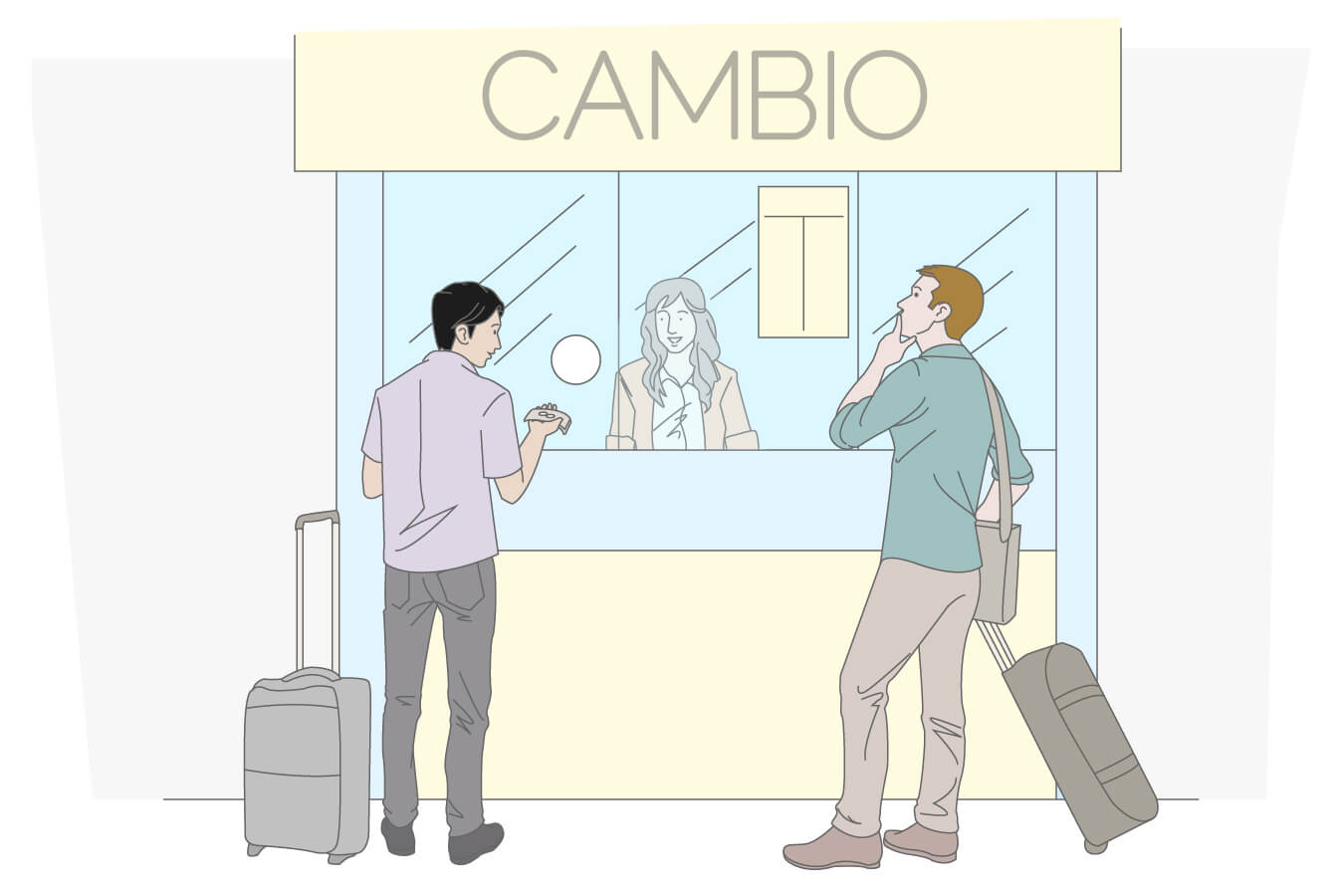 |
- Clerk:
Here’s your money.
- Sho:
Wow, it’s so colorful! How much are these paper ones?
- Clerk:
The blue ones are 100 reais, the orange ones are 50 reais, the yellow ones are 20 reais, and the pink ones are 10 reais.
- Sho:
Okay. What about these coins?
- Clerk:
The one with two kinds of metal is 1 real, and the bronze one is 5 centavos.
- Sho:
All right. Thank you very much.
- Clerk:
You’re welcome. By the way, be careful out there. The children running around might look really cute, but some of them are really good at stealing wallets.
- Sho:
Really? Okay. We’ll be careful, then. Thanks for the tip.
TRIVIA
Many people exchange yen for reais at airports in Brazil, but did you know that this may not be the best way? Instead of exchanging yen directly for reais, some experts recommend that you exchange your yen for US dollars in Japan first, then exchange your dollars for reais in Brazil.
ブラジルの空港で、円をレアルに両替する人が多いですが、これが一番得策な方法ではないということを知っていますか?直接レアルに両替するのではなく、達人は円を日本で一旦アメリカドルに両替して、それからブラジルでアメリカドルからレアルに両替します。
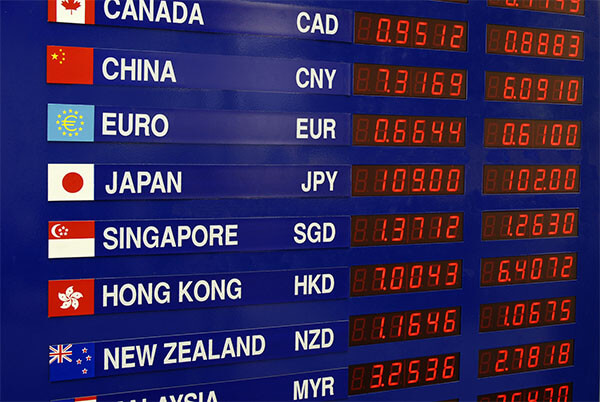
PRACTICE
STEP A EXERCISE
Complete the conversation with one or ones using the words in parentheses.
カッコの単語とone、またはonesを使って会話を完成させましょう。
- Student:
I found some foreign money in an old box. I know you’ve traveled a lot. Can I ask you about the money?
- Tutor:
Sure.
- Student:
Thanks. How much are (ex. these / paper) these paper ones?
- Tutor:
I think those are 50 Brazilian reais.
- Student:
Oh, okay! How much is (this / a hole) _____?
- Tutor:
It’s five centavos from the Philippines. Hey, those coins with the animals are really cute! I don’t know what kind of money they are.
- Student:
Let’s look them up on my phone… Okay, they seem to be from Iceland. (this / dolphins) _____ is 5 kronur, and (that / fish) _____ is 10 kronur.
- Tutor:
That’s cool! How about these paper ones?
- Student:
Oh, I know these. They’re Korean money. (the / blue) _____ are 1,000 won, and (the / yellow) _____ are 50,000 won.

STEP B EXERCISE
Answer the questions with one or ones using the pictures and words.
one またはonesを使い、下の絵と単語をヒントに会話を完成させましょう。
yellow = 20 reais |
the face = 100 reais |
ex.
Tutor: How much are these bills?
Student: The yellow ones are 20 reais, and the ones with the face are 100 reais.
bronze = 5 centavos |
silver = 25 centavos |
1.
Tutor: How much are these coins?
Student: __________.
the animal = 1 pound |
two kinds of metal = 2 pounds |
2.
Tutor: How much are these coins?
Student: __________.
purple = 100 pesos |
green = 200 pesos |
3.
Tutor: How much are these paper bills?
Student: __________.
CHALLENGE
Challenge 1
You and your Filipino friend just arrived in Brazil for a week-long vacation. You’ve already exchanged some of your yen for Brazilian reais, but your friend only has Philippine pesos still.
あなたとフィリピン人の友達は1週間の休暇のため、ブラジルに到着しました。あなたはすでに円をブラジルレアルに両替していますが、友達はフィリピンペソしか持っていません。
Use the pictures below to talk about the various foreign currencies. Be sure to:
- Explain the Japanese money you have.
- Ask about the Philippine money your friend has.
- Talk about the Brazilian money you have.
下の写真を使い、外貨について話しましょう。次の指示に従いましょう;
- 持っている日本円について説明する
- 友達が持っているフィリピンペソについて質問する
- あなたが持っているブラジル通貨について話す
Today's grammar tip
- adjective + one(s)
- one(s) + with (noun)
Japanese yen |
Philippine pesos |
Brazilian reais |
Challenge 2
Discuss your ideas. あなたの意見を言いましょう。
 If Time
If TimeAllows
1 JAPANESE MONEY |
2 EXCHANGING MONEY |
3 TRAVEL MONEY |
|---|---|---|
|
1 JAPANESE MONEY
|
2EXCHANGING MONEY
|
3TRAVEL MONEY
|
FEEDBACK
I can talk about foreign currencies.外貨について話せるようになる。
LESSON GOAL ACHIEVEMENT
-
4
Very GoodCould complete the task with ease
-
3
GoodCould complete the task with some clarifications
-
2
FairCould complete the task with additional instructions
-
1
PoorCould somehow complete the task with difficulty
PERSONALIZED FEEDBACK
-
RANGE
表現の幅
語彙をどの程度使えるか How well can you use vocabulary? -
ACCURACY
正確さ
文法が正しく使えているかどうか Are you using grammar correctly? -
FLUENCY
流暢さ
円滑に喋ることができるかどうか Are you able to speak smoothly?
